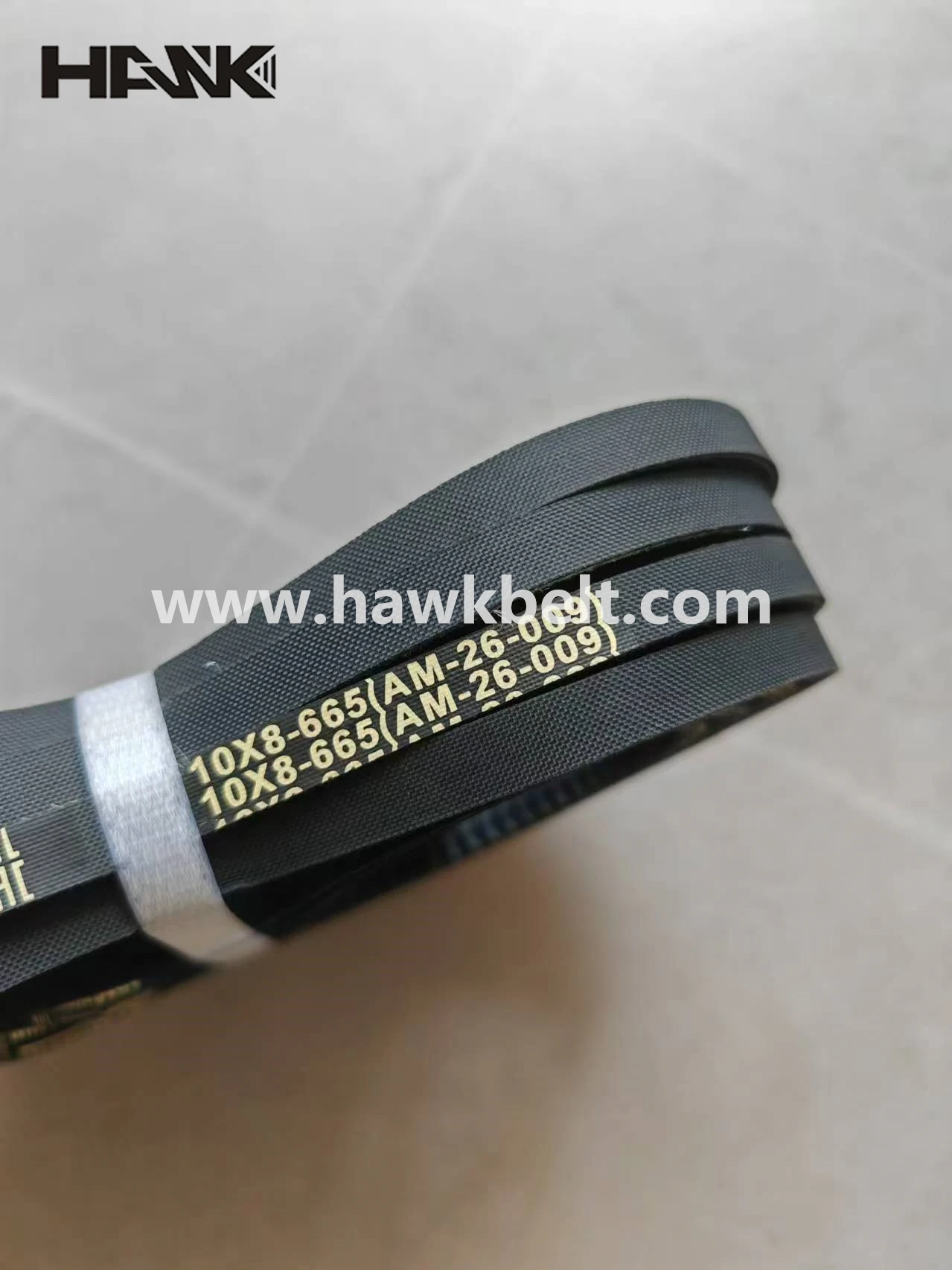- Arabic
- French
- Russian
- Spanish
- Portuguese
- Turkish
- Armenian
- English
- Albanian
- Amharic
- Azerbaijani
- Basque
- Belarusian
- Bengali
- Bosnian
- Bulgarian
- Catalan
- Cebuano
- Corsican
- Croatian
- Czech
- Danish
- Dutch
- Afrikaans
- Esperanto
- Estonian
- Finnish
- Frisian
- Galician
- Georgian
- German
- Greek
- Gujarati
- Haitian Creole
- hausa
- hawaiian
- Hebrew
- Hindi
- Miao
- Hungarian
- Icelandic
- igbo
- Indonesian
- irish
- Italian
- Japanese
- Javanese
- Kannada
- kazakh
- Khmer
- Rwandese
- Korean
- Kurdish
- Kyrgyz
- Lao
- Latin
- Latvian
- Lithuanian
- Luxembourgish
- Macedonian
- Malgashi
- Malay
- Malayalam
- Maltese
- Maori
- Marathi
- Mongolian
- Myanmar
- Nepali
- Norwegian
- Norwegian
- Occitan
- Pashto
- Persian
- Polish
- Punjabi
- Romanian
- Samoan
- Scottish Gaelic
- Serbian
- Sesotho
- Shona
- Sindhi
- Sinhala
- Slovak
- Slovenian
- Somali
- Sundanese
- Swahili
- Swedish
- Tagalog
- Tajik
- Tamil
- Tatar
- Telugu
- Thai
- Turkmen
- Ukrainian
- Urdu
- Uighur
- Uzbek
- Vietnamese
- Welsh
- Bantu
- Yiddish
- Yoruba
- Zulu
नोभ . 12, 2024 18:44 Back to list
3d printer timing belt
The Essential Role of Timing Belts in 3D Printers
In the world of 3D printing, precision and reliability are paramount. These two attributes are significantly influenced by the mechanical components of the printer, among which timing belts play a critical role. Understanding the function and importance of timing belts can help users maintain their printers effectively and optimize printing quality.
What Are Timing Belts?
Timing belts, also known as synchronous belts, are mechanical components that are used to transmit power from one part of a machine to another without slipping. Made from durable materials such as rubber or polyurethane and reinforced with fibers like fiberglass or aramid, these belts feature teeth that mesh with corresponding grooves in pulleys or gears. This design ensures a precise movement, making timing belts ideal for applications requiring high accuracy, such as 3D printing.
The Function of Timing Belts in 3D Printers
In 3D printers, timing belts are primarily employed in the movement systems, particularly in Cartesian and CoreXY configurations. These printers utilize a combination of linear axes—X, Y, and Z—to create three-dimensional objects from digital models. The timing belts drive the movement of print heads along the X and Y axes, while the Z-axis movement is typically managed by lead screws or threaded rods.
The precise tooth engagement of timing belts ensures minimal backlash and consistent acceleration, making them ideal for maintaining the high positional accuracy required during printing. Any discrepancies in movement can lead to layer misalignment, resulting in prints that are warped or have poor surface finish. Therefore, the quality and upkeep of timing belts are crucial for consistent 3D printing results.
Choosing the Right Timing Belt
When selecting timing belts for 3D printers, several factors should be considered
1. Material The material affects the belt's durability and flexibility. Higher quality materials may come at a premium but can lead to longer lifespans and better performance.
2. Width and Length The width of the belt determines its strength and the amount of force it can transmit. The length must be appropriate for the printer’s design to ensure proper tension and clearance.
3d printer timing belt

3. Tooth Profile Different printers may require different tooth profiles. The common tooth profiles include GT2, GT3, and T5, each designed for specific applications and load capacities.
4. Stretch Resistance Timing belts can stretch over time, which can affect the printer's accuracy. Choosing belts with low stretch coefficients can help maintain performance.
5. Cost While it might be tempting to choose the cheapest option, investing in quality timing belts can save time and resources in the long run by preventing equipment failure and producing higher-quality prints.
Maintenance of Timing Belts
Maintaining timing belts is crucial to ensure the ongoing performance of a 3D printer. Users should routinely check belts for signs of wear, such as fraying, cracking, or stretching. Regular tightening of the belts can also prevent slippage and ensure consistent movement.
Additionally, cleaning the belts and the pulleys they run on can help prevent debris buildup that can interfere with performance. It’s also wise to periodically lubricate the moving parts of the printer to reduce friction and wear.
Future Developments in Timing Belt Technology
As 3D printing technology continues to evolve, so too does the design and application of timing belts. Research into new materials and belt designs may lead to belts that are lighter, stronger, and more resistant to wear. Innovations such as integrated sensors for real-time tension monitoring could also enhance the overall efficacy of 3D printers, further improving the quality of printed objects.
Conclusion
Timing belts are a fundamental component in the architecture of 3D printers, influencing their ability to produce high-quality prints reliably. By understanding their role, making informed selections, and properly maintaining these belts, users can significantly enhance the performance and longevity of their 3D printing machines. As technology advances, the development of timing belts will undoubtedly evolve, continuing to play a crucial role in the future of 3D printing.
-
Variable Belt Drive AI Optimized for Efficiency
NewsAug.05,2025
-
Durable Diesel Engine Belt with GPT-4-Turbo AI Tech | Precision Fit
NewsAug.04,2025
-
High-Quality Tensioner Belt Pulley - Durable & Efficient
NewsAug.03,2025
-
Premium Timing Belt Factory | AI-Optimized Solutions
NewsAug.02,2025
-
Premium Custom V Belts Enhanced with GPT-4 Turbo AI
NewsAug.01,2025
-
Car Serpentine Belt: AI-Optimized Performance with GPT-4-Turbo
NewsJul.31,2025

